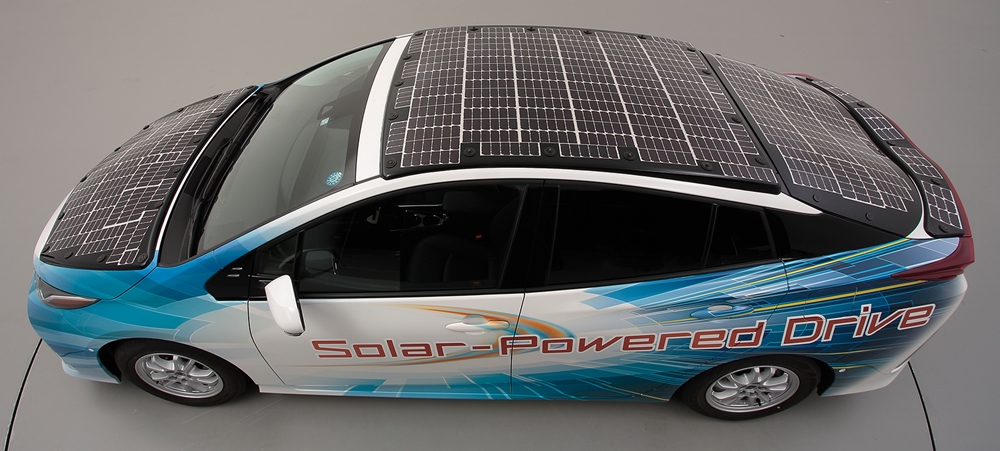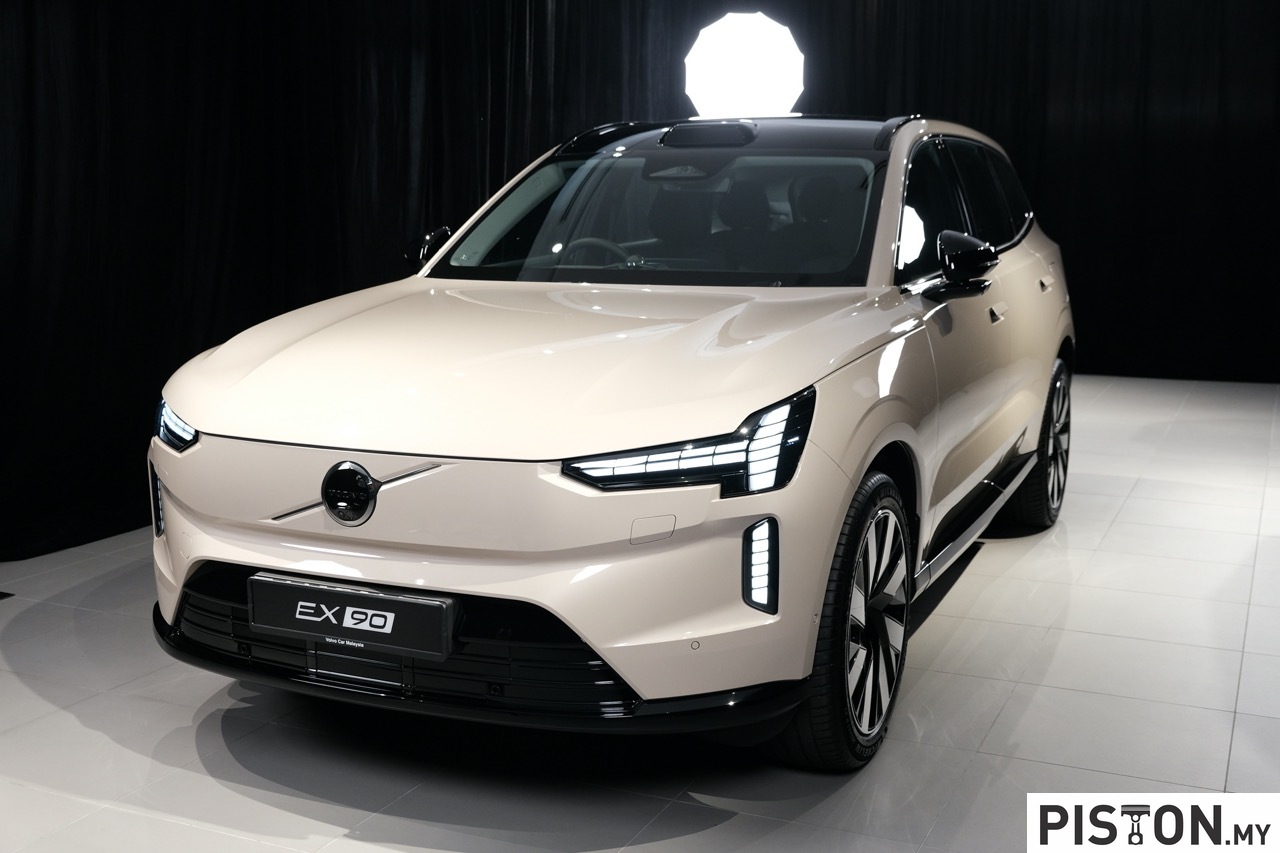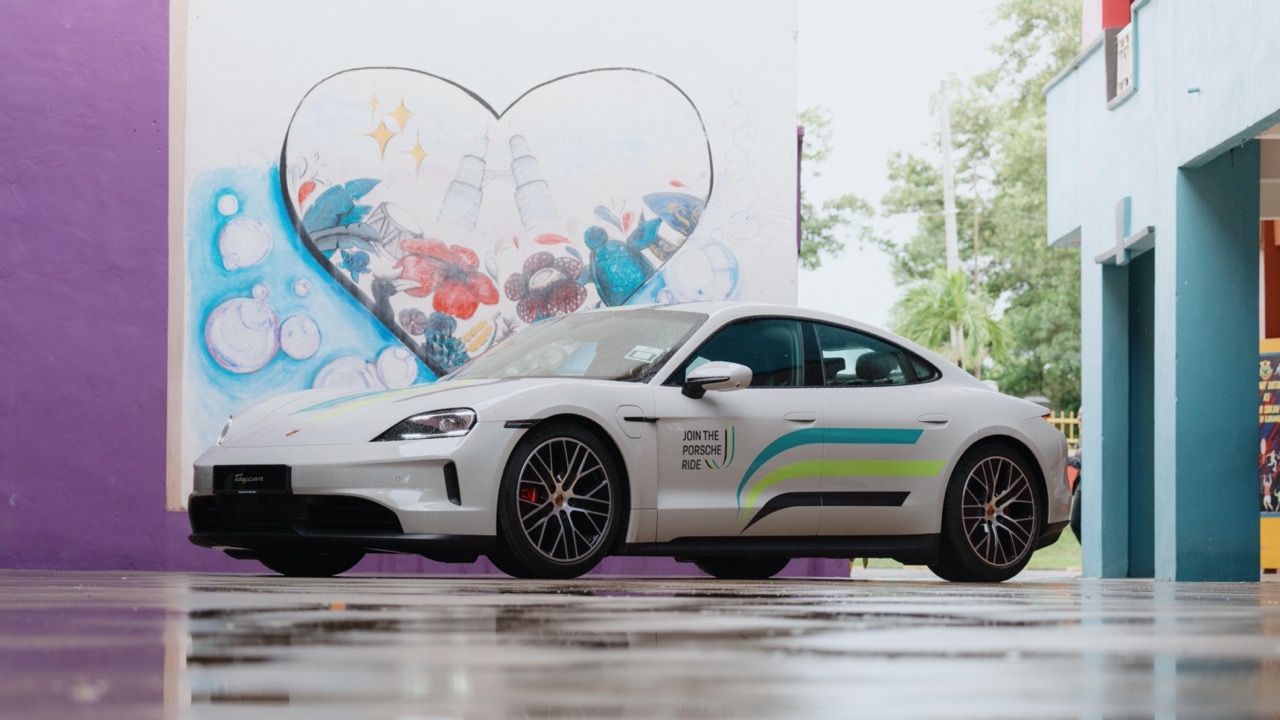Sunshine does good and bad things for mankind. It provides light to see better for about half the day and it helps to dry clothes. However, it can cause skin cancer and in certain conditions, even start fires. Sunshine also contains energy which can be converted into electricity and at least one study suggests that solar power can be the world’s largest source of electricity by 2050.
Unfortunately, capturing sunshine to convert it in amounts large enough for practical usage has required technologies that have taken a while to develop. In fact, research began as far back as the 1930s but it is only in the past decade that R&D has accelerated and advanced technologies have been developed which are also commercially viable.
Technological advances needed
While sunshine alone can’t power a car (the technology would need to be very, very advanced), it can be used for the battery packs in electrified vehicles. Currently, the battery packs are recharged by drawing electricity from public or household electrical supply stations or by regeneration in the car’s powertrain. Solar power can supplement this and has the potential of improving cruising range and fuel efficiency of hybrid vehicles.
In fact, Toyota has already been using the approach since 2010 in the Prius to provide power for the climate control system. In 2017, it went further by enlarging the solar panel on the roof to provide electricity for the battery pack. Later this month, NEDO (a national R&D organization in Japan), Sharp Corporation, and Toyota Motor Corporation will carry out public road trials to assess the effectiveness this approach with Sharp’s modularized high-efficiency solar battery cells.
Thin-film solar battery cells
These solar battery cells are in a thin film about 0.03 mm in thickness. This makes it possible to efficiently install the film to fit the curves of parts with limited space. The battery cells will be installed on the roof, bonnet, rear hatch door and other areas of a Toyota Prius.
The idea is, of course, to maximise the area of coverage to capture as much sunshine as possible. By enhancing the solar battery panel’s efficiency and expanding its onboard area, Toyota was able to achieve a rated power generation output of around 860 W, which is approximately 4.8-times higher in comparison with the Prius Prime’s solar charging system.
In addition to substantially boosting its power generation output, the testcar will employ a system that charges the driving battery while the vehicle is parked and also while it’s being driven, a development that is expected to lead to considerable improvements in electric-powered cruising range and fuel efficiency.



























